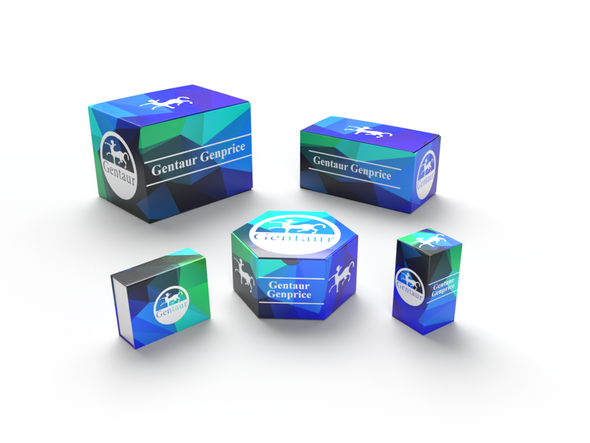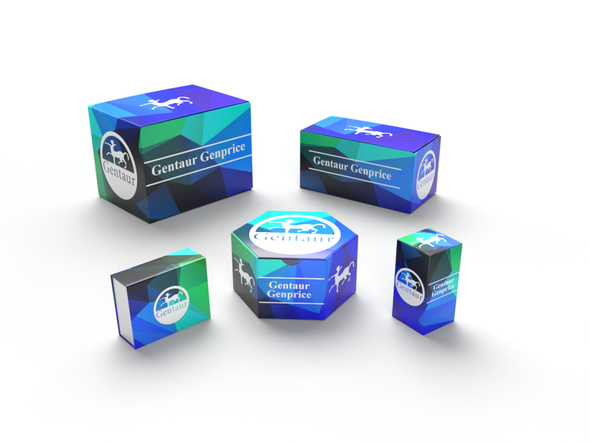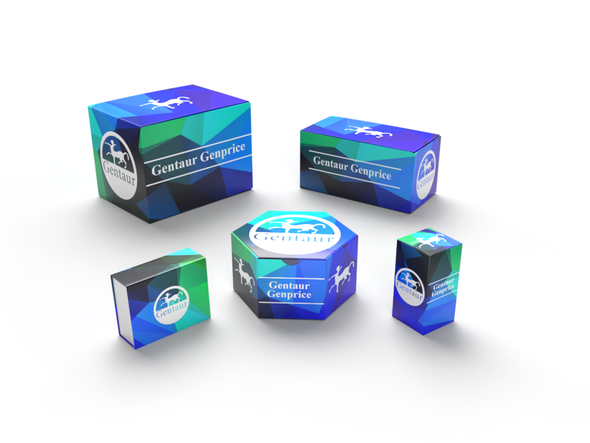Description
ACCN2 Antibody | 63-864 | Gentaur UK, US & Europe Distribution
Host: Rabbit
Reactivity: Human
Homology: Predicted species reactivity based on immunogen sequence: Chicken, Mouse, Rat
Immunogen: This ACCN2 antibody is generated from rabbits immunized with a KLH conjugated synthetic peptide between 500-526 amino acids from the C-terminal region of human ACCN2.
Research Area: Neuroscience
Tested Application: WB, IHC-P, Flow
Application: For WB starting dilution is: 1:1000
For IHC-P starting dilution is: 1:50~100
For FACS starting dilution is: 1:10~50
Specificiy: N/A
Positive Control 1: N/A
Positive Control 2: N/A
Positive Control 3: N/A
Positive Control 4: N/A
Positive Control 5: N/A
Positive Control 6: N/A
Molecular Weight: 60 kDa
Validation: N/A
Isoform: N/A
Purification: This antibody is purified through a protein A column, followed by peptide affinity purification.
Clonality: Polyclonal
Clone: N/A
Isotype: Rabbit Ig
Conjugate: Unconjugated
Physical State: Liquid
Buffer: Supplied in PBS with 0.09% (W/V) sodium azide.
Concentration: batch dependent
Storage Condition: Store at 4˚C for three months and -20˚C, stable for up to one year. As with all antibodies care should be taken to avoid repeated freeze thaw cycles. Antibodies should not be exposed to prolonged high temperatures.
Alternate Name: Acid-sensing ion channel 1, ASIC1, Amiloride-sensitive cation channel 2, neuronal, Brain sodium channel 2, BNaC2, ASIC1, ACCN2, BNAC2
User Note: Optimal dilutions for each application to be determined by the researcher.
BACKGROUND: ACCN2 encodes a member of the degenerin/epithelial sodium channel (DEG/ENaC) superfamily. The members of this family are amiloride-sensitive sodium channels that contain intracellular N and C termini, 2 hydrophobic transmembrane regions, and a large extracellular loop, which has many cysteine residues with conserved spacing. The member is expressed in most if not all brain neurons, and it may be an ion channel subunit; however, its function as an ion channel remains unknown.






